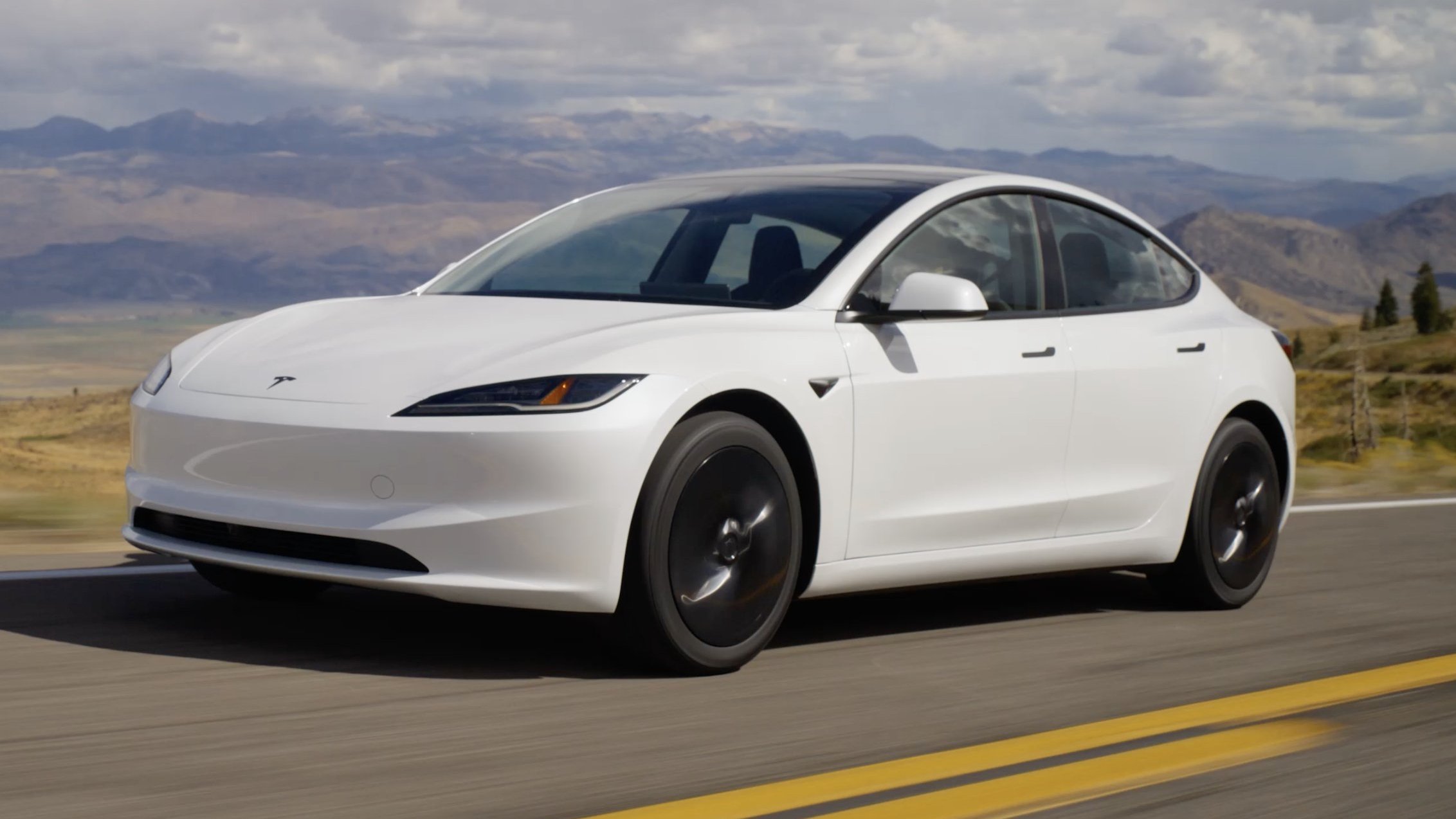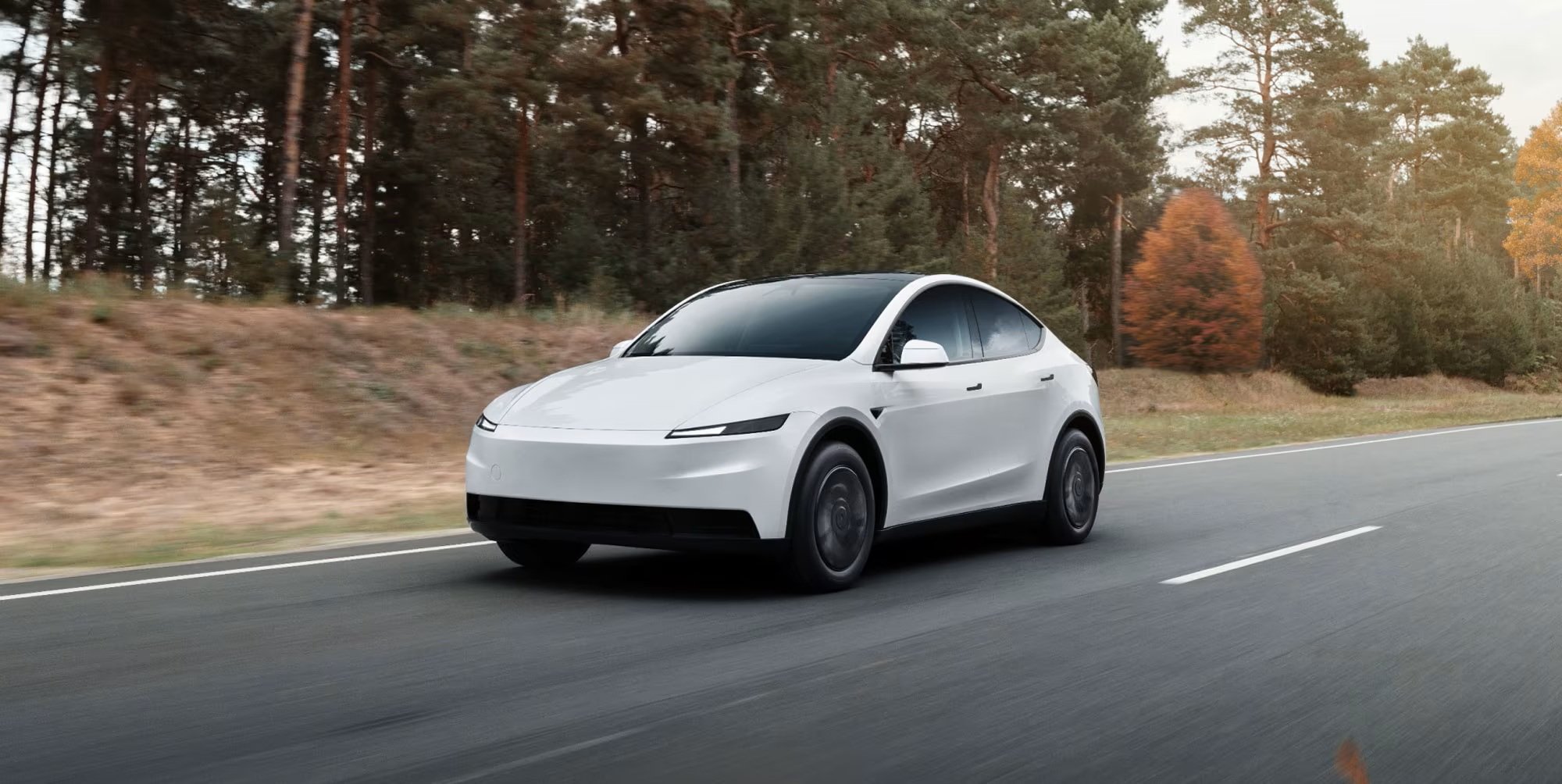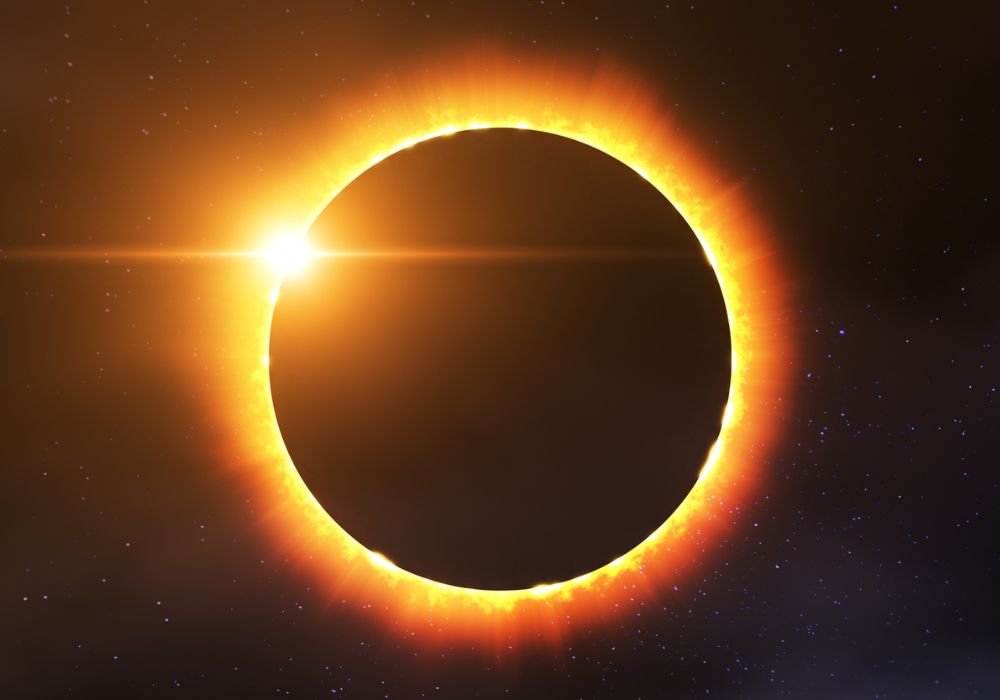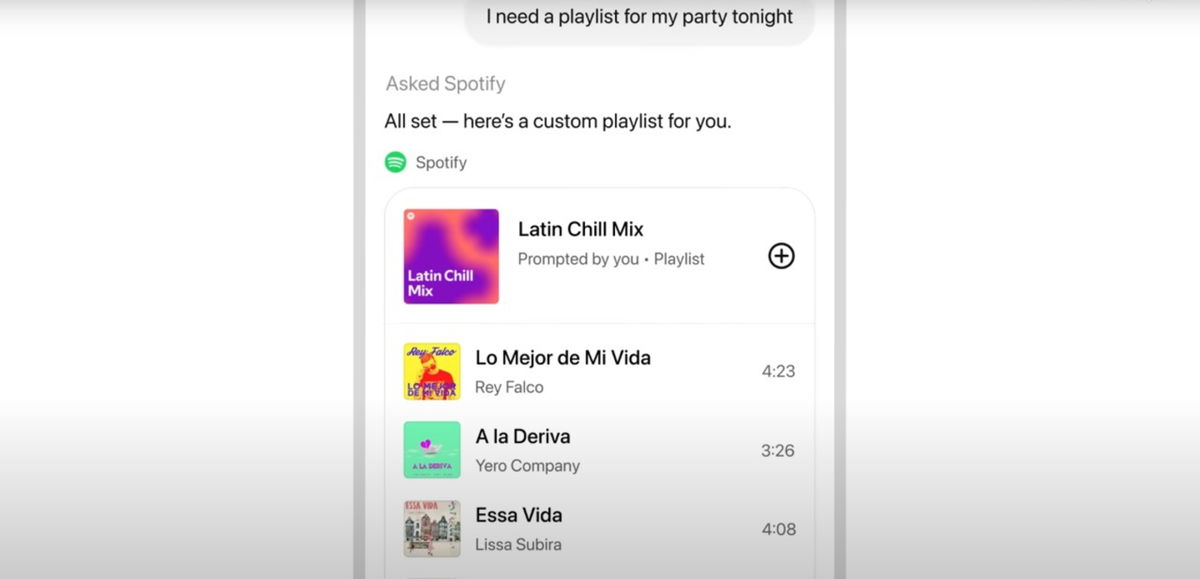Next An annular solar eclipse will take place this Saturday (14) It can be observed in different parts of the planet such as the United States, Mexico, Belize, Guatemala, Honduras, Nicaragua, Costa Rica, Panama, Colombia and Brazil. An annular solar eclipse last occurred in June 2021, but Brazilians were not able to observe it at the time; The next observation in Brazil is expected to occur only in 2067.
In other words, it is considered a very rare chance to observe the astronomical event that will reveal this incredible “ring of fire.” The best places to observe the eclipse are along the “annular path,” where viewers will be able to watch the entire annular solar event. Anyone nearby but outside the “annular path” will be able to observe a partial version of the eclipse.
Luckily, if you’re too busy to get to a good place to watch the event, the US National Aeronautics and Space Administration (NASA) has put together a livestream of the eclipse on YouTube. Check it out below!
As people around the world expect, the sight of the annular solar eclipse will be incredible, but we can’t forget to take care of our eye health. For this reason, we emphasize the importance of using sunglasses specially designed for eclipses.; If you can’t afford glasses, you can also build a cheap pinhole projector to ensure the Sun doesn’t affect your vision.
“Under no circumstances can you look directly [para o eclipse solar anular], no protection. Do sunglasses help? NO! The Moon will cover about 87% of the Sun, but its remaining edge is still very bright. “There will be a very small decrease in light,” said Lauriston Trindade, a member of the Brazilian Meteor Tracking Network. G1.
How and where to watch an annular solar eclipse?
A “circular path” will occur in some areas between the Amazon and the Northeast coast. Pará, Tocantins, Maranhão, Piauí, Ceará, Rio Grande do Norte, Paraíba and Pernambuco. In other words, it will be possible to monitor the entire “ring of fire” only in some parts of the country, but The eclipse will be partially visible in the rest of Brazil — The only capitals where the entire event can be observed are: Natal (Rio Grande do Norte) and João Pessoa (Paraíba).

Eclipse start times in each capital city of Brazil:
- Rio Branco (AC) – 14:16 (Acre Time)
- Maceió (AL) – 16:48 (Brasília time)
- Macapá (AP) – 16:27 (Brasília time)
- Manaus (AM) – 15:19 (Amazonas time)
- Salvador (WA) – 16:48 (Brasília time)
- Fortaleza (CE) – 16:42 (Brasília time)
- Brasília (DF) – 16:45 (Brasília time)
- Vitória (ES) – 16:50 (Brasília time)
- Goiânia (GO) – 16:45 (Brasília time)
- São Luís (MA) – 16:37 (Brasília time)
- Cuiabá (MT) – 15:38 (Amazonas time)
- Campo Grande (AD) – 15:43 (Amazonas Time)
- Belo Horizonte (MG) – 16:49 (Brasília time)
- João Pessoa (PB) – 16:46 (Brasília time)
- Curitiba (PR) – 16:48 (Brasília time)
- Belém (PA) – 16:32 (Brasília time)
- Recife (PE) – 16:47 (Brasília time)
- Teresina (PI) – 16:41 (Brasília time)
- Rio de Janeiro (RJ) – 16:50 (Brasília time)
- Natal (RN) – 16:45 (Brasília time)
- Porto Alegre (RS) – 16:47 (Brasília time)
- Porto Velho (RO) – 15:21 (Brasília time)
- Boa Vista (RR) – 15:08 (Amazonas time)
- Florianópolis (SC) – 16:48 (Brasília time)
- São Paulo (SP) – 16:49 (Brasília time)
- Aracaju (SE) – 16:48 (Brasília time)
- Palmas (TO) – 16:41 (Brasília time)
It is important to remember this an annular solar eclipse should occur for only one to seven minutesIn other words, its peak should be very short-lived. So grab your special glasses, sit in a good seat, and get ready to watch the beautiful “ring of fire.”
“São Paulo is outside the full range of the eclipse, meaning that the Sun is completely covered by the lunar disk. In this case, the apparent size of the Moon is smaller than the Sun and the eclipse is known as an annular eclipse, just as the Moon passes through a ring of light called the ring of fire.” So there will be a partial eclipse in São Paulo, meaning that about 40% of the solar disk will be shadowed by the Moon,” Filipe Monteiro, an astronomer from the Ministry’s National Observatory for Science, Technology and Innovation, tells the newspaper Minas province.
Did you like the content? Stay informed about all astronomical events on TecMundo. Also take the opportunity to discover the difference between a total solar eclipse and an annular solar eclipse.
Source: Tec Mundo
I’m Blaine Morgan, an experienced journalist and writer with over 8 years of experience in the tech industry. My expertise lies in writing about technology news and trends, covering everything from cutting-edge gadgets to emerging software developments. I’ve written for several leading publications including Gadget Onus where I am an author.











